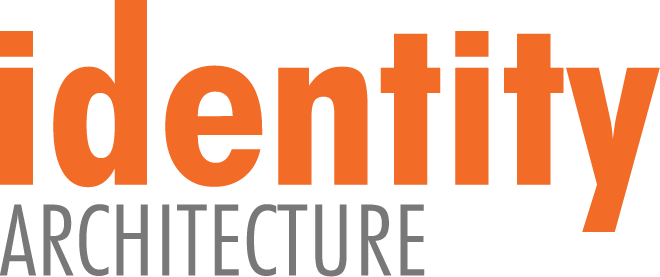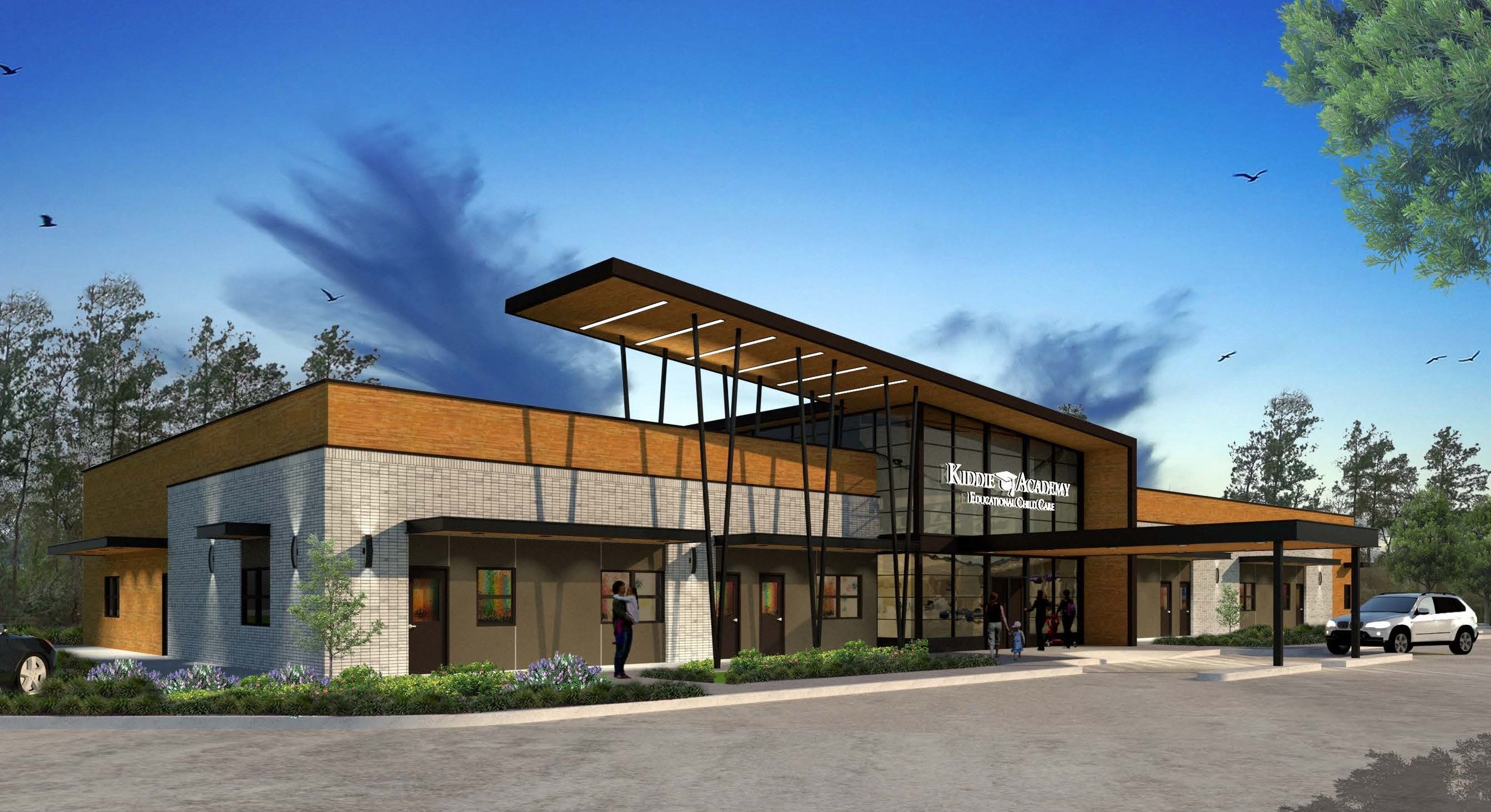Architecture can be a complex puzzle that we work to solve. The variety of challenges that a project can present makes each path to a solution unique. Together at identity Architects and identity Built, we have mastered the architect-led design build approach. Here are some key identifiers that have made our process successful:
A Great Team
Identity Architects is led by some of the best architects in the business. They have a vast understanding of pricing, sequencing, methods, and problem-solving, which makes them invaluable to clients. Their design skills and market trend analysis are recognized by commercial clients everywhere. This means that your needs and desires will be heard and implemented in the best way possible to achieve your goals. The talent and credentials within our team create a distinguished environment that fosters creativity and collaboration.
Open Communication
When operating in an architecture-led design build environment, there is just one point of contact for the client. Rather than having to keep track of multiple contracts and risking miscommunication or liabilities, you have one person that is keeping track of everything. They ensure things are on time and on budget as well as coordinate all of the moving parts involved in the process. Our communication is efficient and timely, with a focus on responsiveness and a quick turn around time. Transparent communication is key, as it allows the discussion to build off of truth, integrity, and teamwork. Our in-house collaborative communication is a strong tactic we practice to draw from our mix of expertise and experience.
Seamless Collaboration
Identity Architects is unique in that we have such a diverse team and a “no doors” policy in our office. This allows us to leverage each team member’s unique talents and encourages collaboration on all levels. Our diversity stems from the differing talent, experiences, ages, and roles throughout the office. Having a variety of people with a variety strengths, an open discussion to share, and a willingness to work together is the recipe to collaboration.
At identity Architects and identity Built, our expertise stems from the engrained belief that hands-on experience in both design and construction, when combined with strategic planning and management best practices, provides superior project coordination; reduced cost to the owner; and more timely project delivery. From rebranding and renovations to new builds, we are here to serve you in the best possible way to make your development reflect the identity of your company.

























